Fentanyl Addiction Treatment and Recovery Options
GET HELP TODAY!
100% Confidentiality Guaranteed
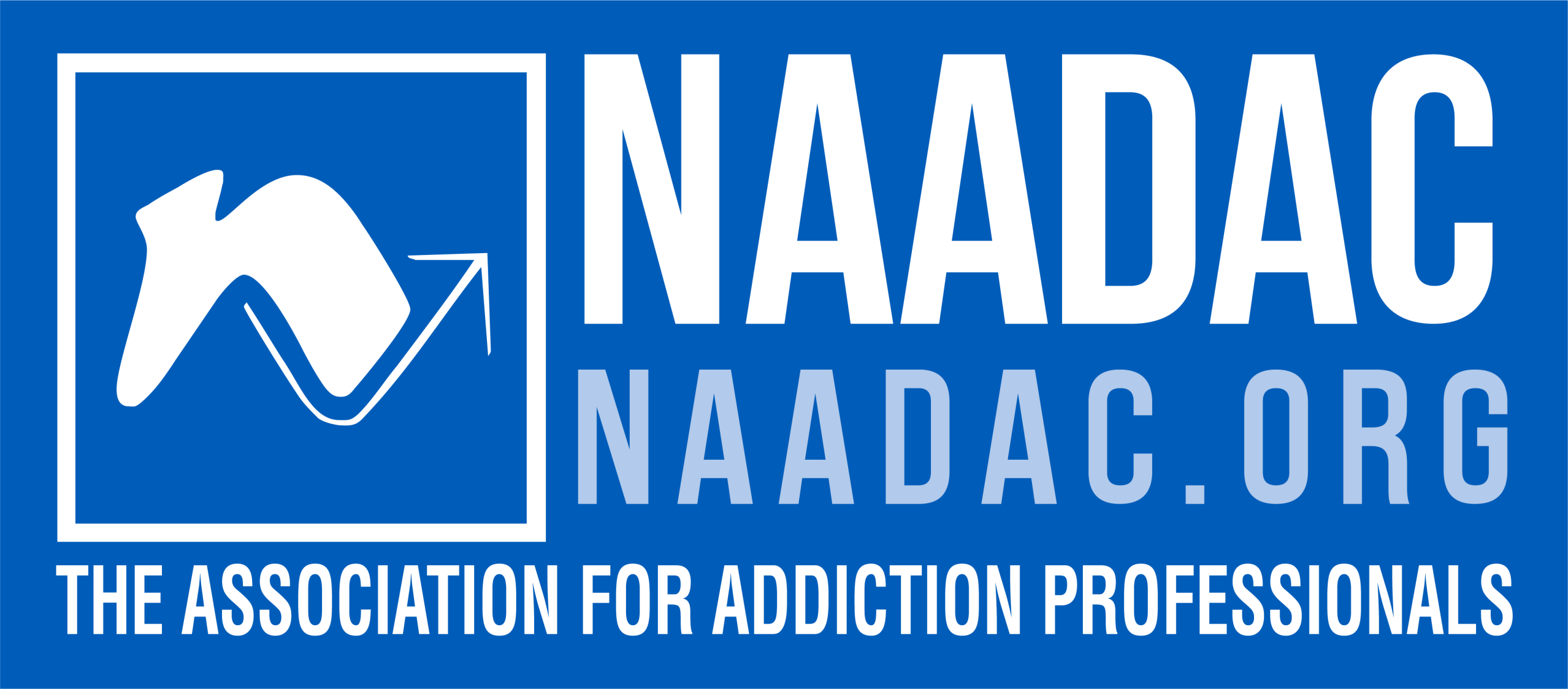
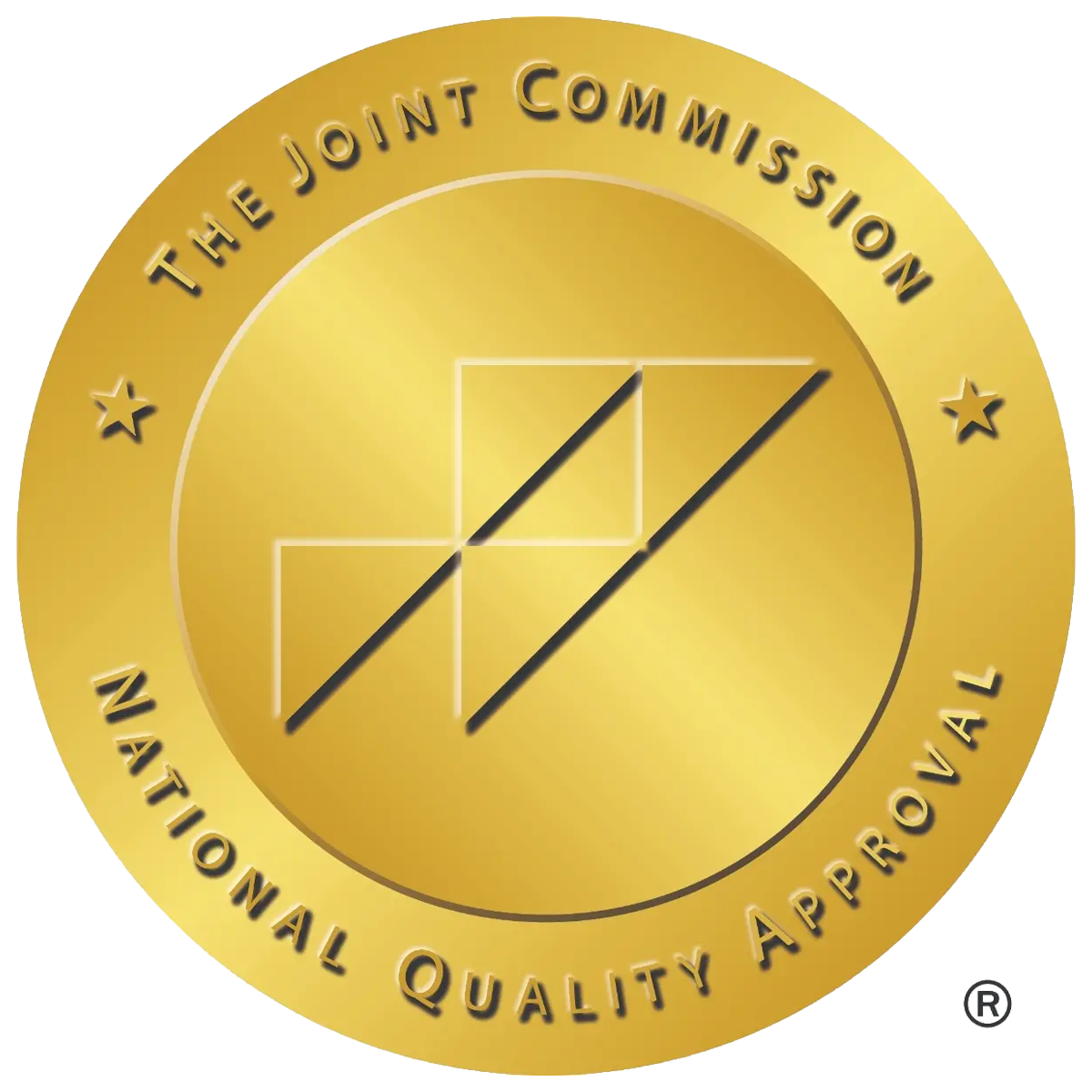
What Is Fentanyl?
Fentanyl is a strong synthetic opioid. Doctors use it to treat intense pain, often after surgery or for chronic conditions. It’s up to 100 times stronger than morphine and is classified as a Schedule II drug. That means it has a medical use, but also a high risk of abuse.
When fentanyl enters the body, it attaches to opioid receptors in the brain. These control pain and emotions. As a result, it can create feelings of euphoria and calm. However, fentanyl can also slow breathing to dangerous levels. This can lead to overdose and death.
Doctors may prescribe fentanyl as a patch, lozenge, or injection. Common medical brands include Actiq, Duragesic, and Sublimaze. Illegally made fentanyl is often sold on the street as powder, tablets, or blotter paper. Sometimes it’s mixed with other drugs and taken without the user even knowing.
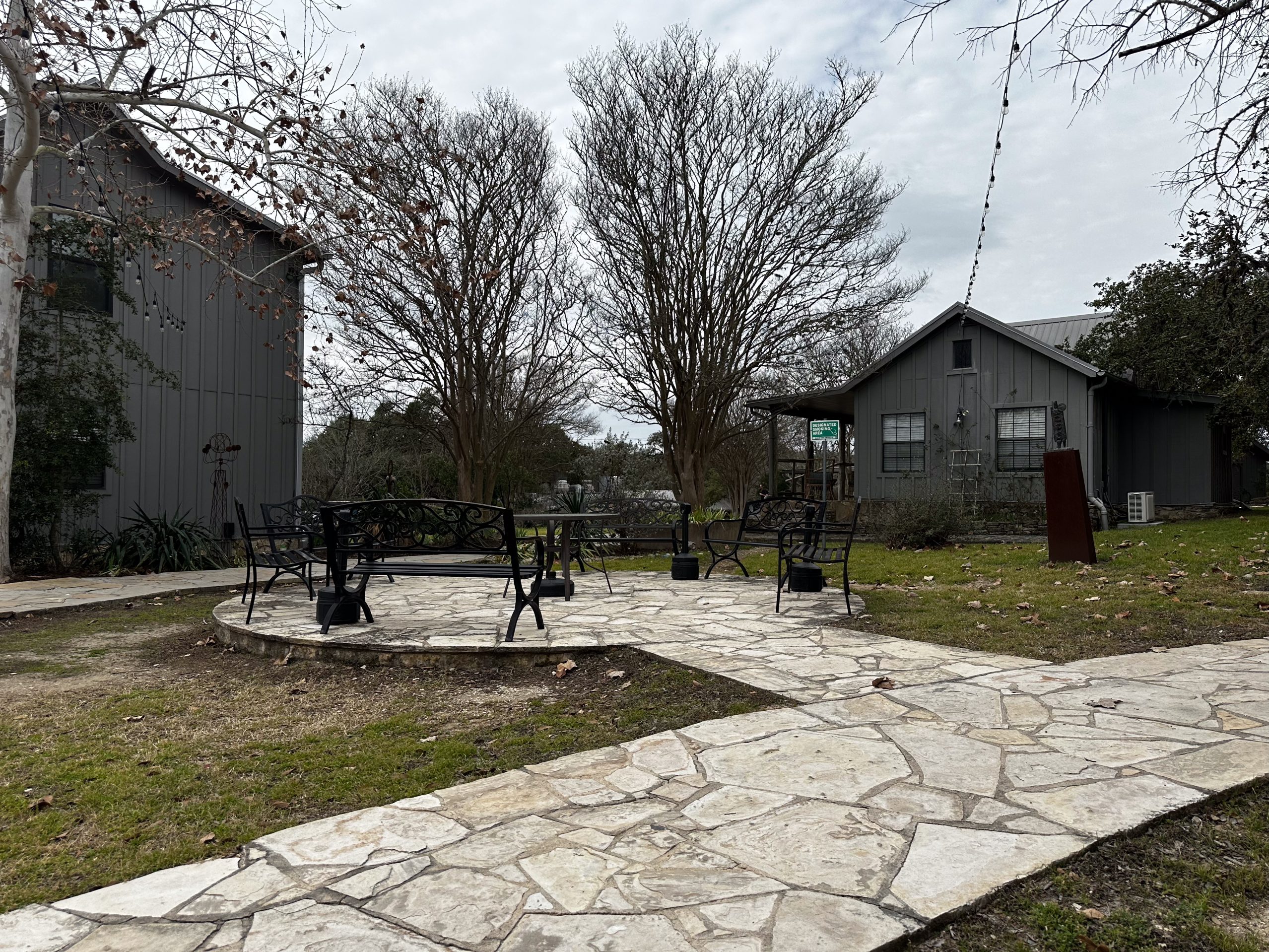

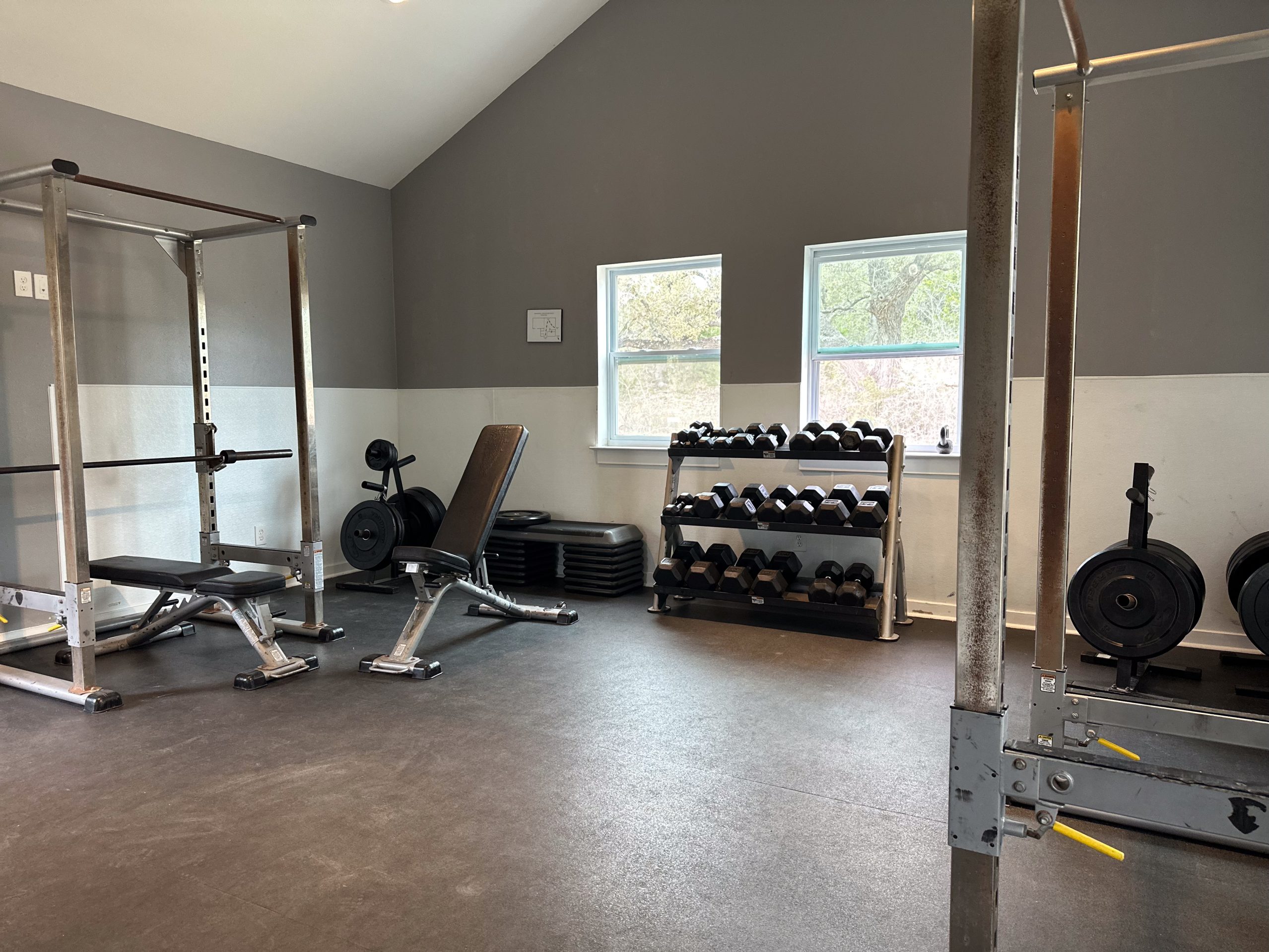




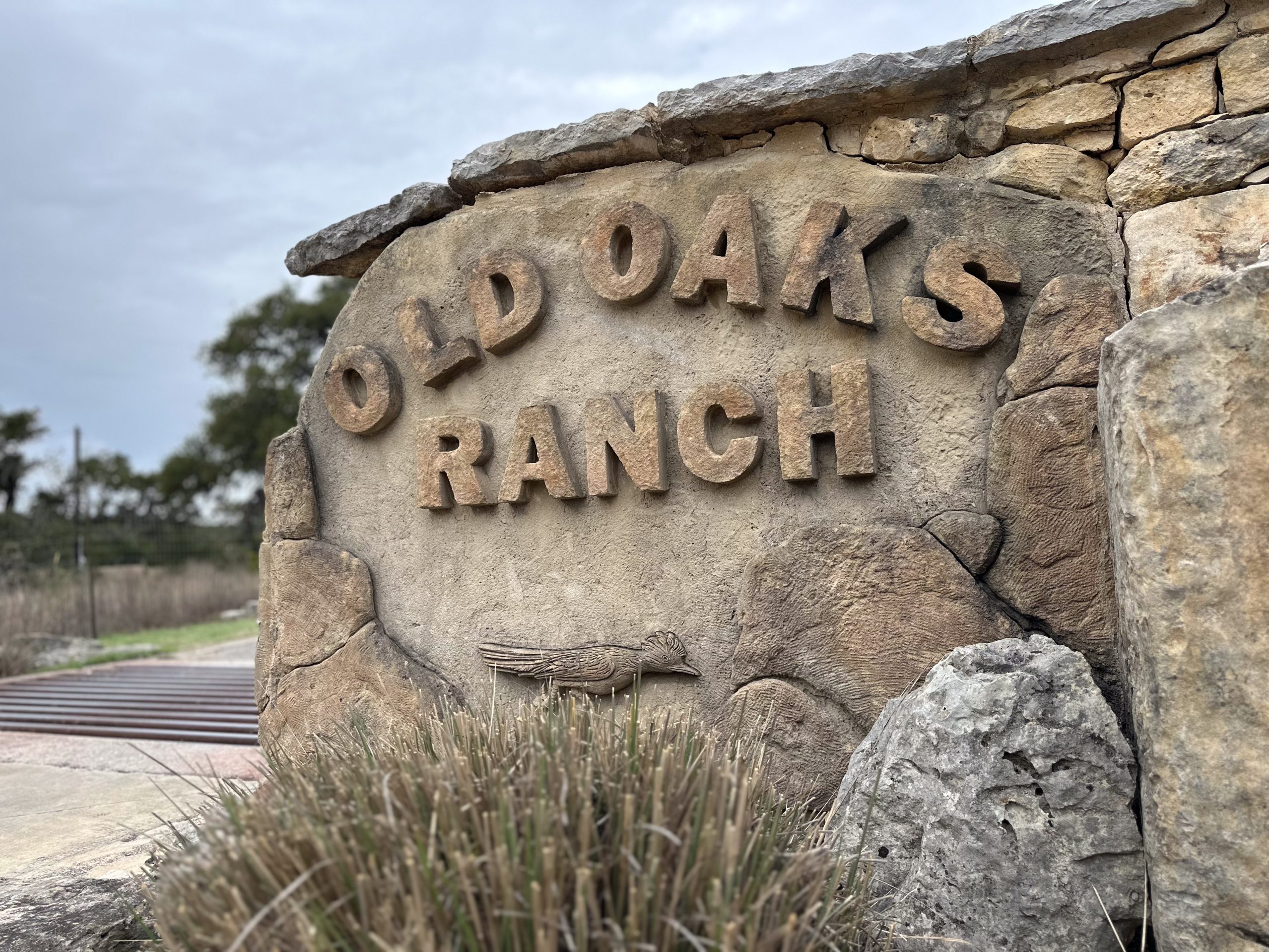
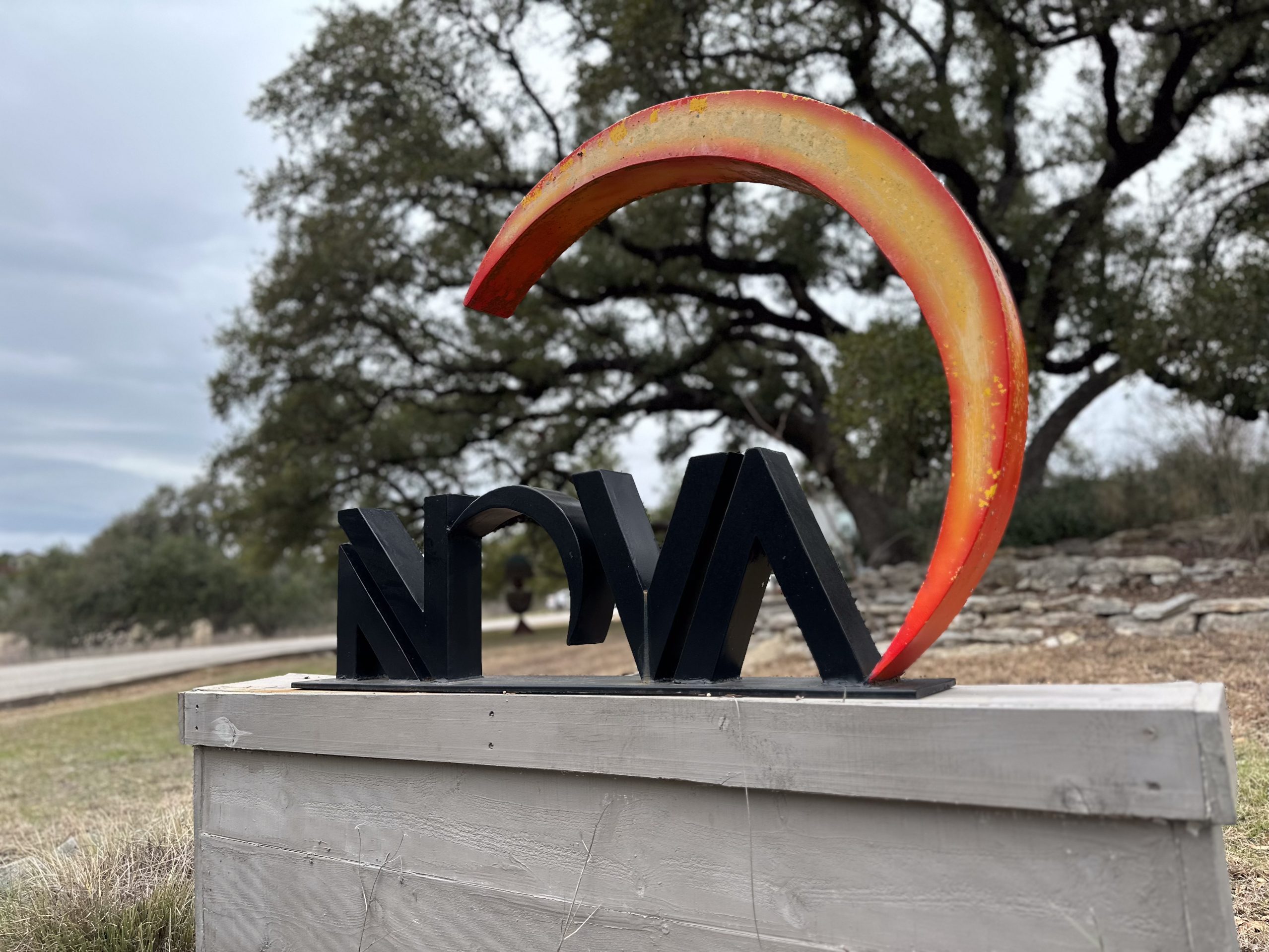

Street Names for Fentanyl
- China Girl
- Apache
- Cash
- Dance Fever
- Goodfella
- Tango
How Widespread Is Fentanyl Abuse?
Fentanyl abuse has grown sharply in recent years. According to the National Institute on Drug Abuse, synthetic opioids like fentanyl are the top cause of overdose deaths in the United States. In 2017 alone, over 28,000 deaths involved fentanyl. Just five years earlier, the number was around 1,600.
Many people begin using prescription opioids and later turn to stronger drugs. Fentanyl is cheap and powerful, making it especially dangerous. A small dose can be fatal. Its presence in other street drugs increases this risk even more.
Side Effects of Fentanyl Abuse
Short-Term Effects
- Euphoria
- Drowsiness
- Nausea and vomiting
- Dizziness
- Slow breathing
- Headaches
Long-Term Effects
- Depression
- Mood swings
- Organ damage
- Physical dependence
- Death
Using fentanyl with drugs and alcohol raises the risk of serious problems, including overdose.
Signs of Fentanyl Addiction
Fentanyl addiction can develop quickly. People with substance use disorders may:
- Isolate from family members
- Struggle at work and school
- Stop doing things they enjoy
- Show mood changes like paranoia or anxiety
- Engage in risky behaviors like stealing
- Appear drowsy or disoriented
- Experience stomach issues
Addiction may stem from many factors including genetics, trauma, environment, or being prescribed fentanyl for chronic pain.
Fentanyl Withdrawal Symptoms
When someone stops using fentanyl, withdrawal symptoms begin. These may include:
- Sweating and chills
- Stomach cramps and diarrhea
- Joint and muscle pain
- Insomnia and anxiety
- Nausea and vomiting
- Increased heart rate
These physical symptoms are tough to manage without help. The severity and length of symptoms vary depending on the amount used and for how long.
Fentanyl Withdrawal Timeline
- 6–12 hours: Early symptoms like muscle aches and anxiety start.
- 2–4 days: Symptoms peak. Vomiting, stomach cramps, and diarrhea are common.
- 5–7 days: Most symptoms ease. However, cravings and anxiety may last longer.
A structured fentanyl detox program can ease this process with medical support and therapies to reduce cravings and discomfort.
More Time. More Joy. More You. Start Now.
WE ACCEPT MOST INSURANCES







Why Medical Detox Matters
Fentanyl detox should happen under medical supervision. A medical detox program can:
- Monitor health around the clock
- Offer medications to reduce symptoms
- Provide emotional support
- Address medical conditions
- Keep the person safe
Detox alone doesn’t treat addiction. It is just the first step in a full fentanyl treatment program that should continue with therapy and rehab.
Rehab for Fentanyl Addiction
Inpatient Drug Rehab
Inpatient drug rehab is the highest level of care. People live at the treatment facility full-time. Benefits include:
- A structured setting
- 24/7 medical care
- Therapy sessions
- Support groups
- Meals and housing
This level of care helps people stay focused on recovery and avoid triggers.
Outpatient Drug Rehab
Outpatient drug rehab is more flexible. Clients live at home but attend treatment several days a week. This is helpful for those who have work and family responsibilities.
Outpatient programs can be part of a larger addiction treatment program. They provide therapy, relapse prevention training, and continued support.
Choosing the Right Treatment Options
A fentanyl treatment program may include:
- Medical detox
- Inpatient or outpatient treatment
- Behavioral therapy like cognitive behavioral therapy (CBT)
- Support groups
- Aftercare
Each person’s treatment plan should fit their needs. Some may need more support than others. Levels of care vary depending on the severity of the addiction and other factors including mental or physical health issues.
Freedom Starts Here. Take Back Your Life Today.
Same-Day Admissions in Austin Available.
The Role of Family and Emotional Support
Addiction affects family members too. Many treatment centers include families in the recovery process. This can:
- Rebuild trust
- Provide education
- Improve long term recovery outcomes
Support groups and therapy sessions help families cope and stay involved in the recovery process.
Preventing Relapse After Rehab
Recovery is a lifelong journey. The risk of relapse is highest in the early months. Relapse prevention planning is key. Clients learn how to:
- Identify triggers
- Manage stress
- Practice coping skills
- Seek professional help when needed
Support groups and continued care can reduce the risk of relapse.
Sober Living Homes
Sober living homes offer a safe place to live after rehab. These homes provide:
- Drug and alcohol testing
- Peer support
- Curfews and rules
- Accountability
- Access to recovery programming
Residents often work or go to school while continuing their recovery. These homes bridge the gap between treatment and full independence.
Aftercare Programs
Aftercare keeps recovery going strong. These programs offer weekly group meetings. They give people a chance to:
- Share challenges
- Celebrate milestones
- Give and receive advice
- Stay connected
Continuing care is one of the best ways to maintain recovery. It helps people adjust to daily life and avoid falling back into old patterns.
Cost of Treatment
The cost of rehab varies based on:
- Location
- Program type
- Length of stay
- Insurance coverage
Most treatment facilities accept health insurance. Others offer payment plans or sliding scale fees. Ask about financial aid options when you call to seek treatment.
Take the First Step Toward Recovery
Fentanyl addiction can be life threatening. But recovery is possible with the right help. Whether you need detox, inpatient care, or outpatient support, programs are available to meet your needs.
If you or a loved one is struggling, don’t wait. Seek professional treatment. The sooner you begin, the better your chance for success and a better quality of life.
Nova Recovery Center offers comprehensive detox programs and rehab for fentanyl addiction. Our licensed professionals can help you build a lasting recovery with compassion and expertise.
Contact us today to learn about our fentanyl detox program and continuing care options. Most insurances accepted.
Other Outpatient Drug and Alcohol Rehab Locations
Frequently Asked Questions About Fentanyl Addiction and Recovery
How long does fentanyl stay in your system?
Fentanyl can remain detectable in the body for varying amounts of time depending on usage, metabolism, and the type of drug test. On average, it may be detected in urine for 1–3 days, blood for up to 12 hours, saliva for 1–2 days, and hair for up to 90 days. Because fentanyl is a highly potent synthetic opioid, even small traces can pose serious risks of overdose.
What is the mechanism of fentanyl addiction?
Fentanyl addiction occurs when the drug binds to opioid receptors in the brain, releasing intense feelings of euphoria and pain relief. Over time, the brain adapts and requires more of the drug to achieve the same effects. This cycle quickly leads to tolerance, dependence, and addiction.
What are 5 warning signs of fentanyl addiction?
Isolating from family or friends
Sudden mood swings or paranoia
Declining performance at work or school
Neglecting responsibilities or hygiene
Physical symptoms like drowsiness, nausea, or confusion
What is the sobriety rate for fentanyl?
Sobriety rates vary depending on treatment type and length of care. Programs that include medical detox, inpatient rehab, outpatient programs, and sober living options tend to have the highest success rates for long-term recovery.
Is fentanyl stronger than methadone?
Yes. Fentanyl is significantly stronger than methadone and other opioids. In fact, fentanyl is estimated to be about 100 times stronger than morphine, making it one of the most dangerous opioids available.
Who makes fentanyl?
Pharmaceutical fentanyl is manufactured legally for medical use under brand names like Duragesic, Actiq, and Sublimaze. However, illicit fentanyl is often made illegally in clandestine labs, then mixed into street drugs or pressed into counterfeit pills.
Is OxyContin the same as fentanyl?
No. OxyContin is an extended-release form of oxycodone, while fentanyl is a separate synthetic opioid. Both are addictive, but fentanyl is far more potent and carries a higher risk of overdose.
Does fentanyl make you sleepy?
Yes. Common short-term effects of fentanyl include extreme drowsiness, sedation, dizziness, and confusion. These effects increase the risk of accidents and overdose.
What age group is most affected by fentanyl?
Young adults between the ages of 18 and 45 are currently the most impacted by fentanyl overdoses in the U.S. However, fentanyl misuse and overdose can affect people of all ages.
Is fentanyl on the decline?
No. Unfortunately, fentanyl use and overdose deaths have continued to rise in recent years, with illicit fentanyl being one of the leading causes of the opioid crisis.
How often does an overdose happen?
Overdoses involving fentanyl happen frequently because of its extreme potency and the fact that it is often mixed into other drugs without the user’s knowledge. Even microgram amounts can be fatal.
What is the age limit for fentanyl?
Legally prescribed fentanyl is generally reserved for adults experiencing severe pain, such as cancer patients. It is not approved for use in children without strict medical supervision due to the high risk of respiratory depression and overdose.

